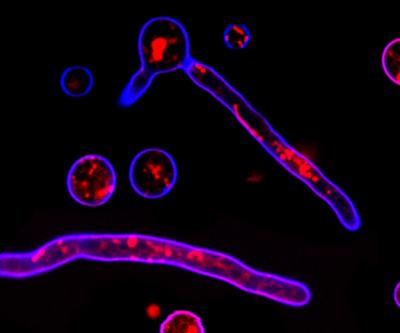
The CC1 domain of PrP C participates in Schwann cell maintenance by activating the G protein-coupled receptor Adgrg6 (Bremer et al, 2010 Kuffer et al, 2016). PrP C consists of a C-terminal globular domain (GD) and an N-terminal flexible tail (FT) which includes the octapeptide repeat (OR) region, two cationic charge clusters (CC1 and CC2) and a hydrophobic core (HC Riek et al, 1997). While the clinical effectiveness of antibody-based therapies against neurodegenerative diseases is still being debated (Schilling et al, 2018), there is ample evidence that both active immunization and passive antibody transfer can effectively clear pathological aggregates in preclinical animal models and, to some extent, in affected humans.Īccording to the protein-only hypothesis, the prion is an infectious particle consisting of PrP Sc, an aggregated and proteinase-K (PK)-resistant isoform, of the cellular prion protein PrP C (Prusiner, 1998). Antibodies against such proteins may be beneficial (Schenk et al, 1999), e.g., by opsonizing pathological aggregates and mediating their degradation by phagocytic cells (Heppner et al, 2001 Kranich et al, 2010). Many neurodegenerative syndromes, including prion diseases, Alzheimer's disease, and Parkinson's disease, go along with the accumulation of misfolded and aggregated proteins in the central nervous system. Our data demonstrate the presence of naturally occurring, innocuous anti-PrP antibodies in humans which may constitute a potential source for the development of effective and safe immunotherapeutics to combat prion diseases. We also found high-titer PrP autoantibodies directed against the flexible tail of PrP in the plasma of unselected hospitalized patients without any clinical features of a pathological disease. Interestingly, mining of published human antibody databases confirmed the presence of such anti-PrP antibodies in naïve repertoires of circulating B cells from healthy humans. We demonstrated that antibodies targeting the N-terminal part of PrP were neuroprotective in a model of prion-induced neurodegeneration. In this study, we used Fab phage display to retrieve antibodies targeting different epitopes of PrP from a synthetic human antibody library. Hence, the identification of anti-PrP antibodies specifically targeting neuroprotective epitopes is of high importance for the generation of safe prion immunotherapeutics. However, antibodies targeting specific regions of the prion protein (PrP) can either be neurotoxic or neuroprotective.


When expressed recombinantly, these antibodies exhibited anti-PrP reactivity. We then mined published repertoires of circulating B cells from healthy humans and found antibodies similar to the protective phage-derived antibodies.

Antibodies directed against the flexible tail of PrP conferred neuroprotection against infectious prions. Here, we identified > 6,000 PrP-binding antibodies in a synthetic human Fab phage display library, 49 of which we characterized in detail. Prion immunotherapy may hold great potential, but antibodies against certain PrP epitopes can be neurotoxic.


 0 kommentar(er)
0 kommentar(er)
